10 essential pantry items you should have, according to a dietitian


I’m going to put these two together because they mostly go hand in hand. They are aromatics and lend flavour, or aroma to food. Whenever I’m cooking soups or stews, you’d pretty much see these two culprits in there.
The only time I use each alone is when I’m stir-frying vegetables (garlic), or when I’m caramelising onions.
They add just that bit of depth to your food. But make sure you keep an eye on them when cooking, so they don’t get burnt. Also, don’t overheat your oil before adding in garlic, because they char almost immediately and ruin the entire dish.

I like having this in my pantry because they are a great source of protein while also providing me with healthy omega-3 fatty acids. They fit into many of my favourite quick and easy meals such as tuna sandwich and my Zesty Tuna and Rice Salad.
They can also be easily added into a tomato-based sauce with olives and chilli for a quick pasta, or be made into a tangy curry to be eaten with rice. When I run out of fresh chicken or meat in my freezer, this is my next best option.
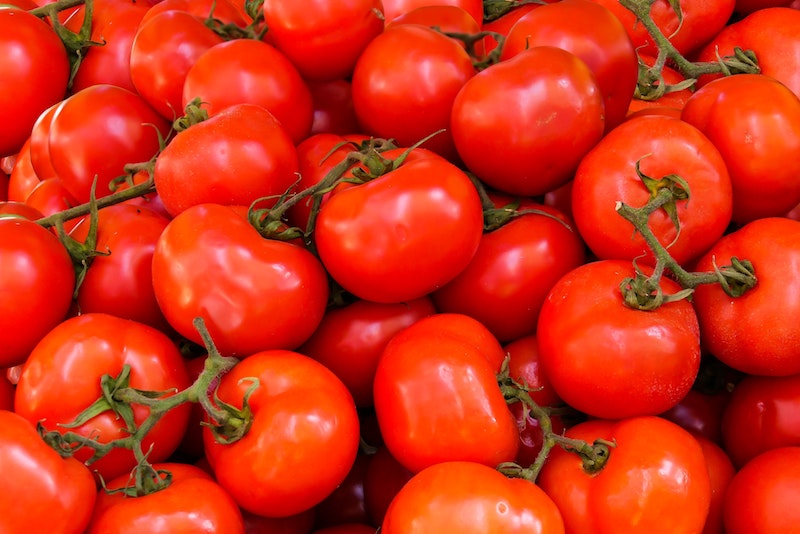
I love tomatoes because I find them to be very versatile. I can use them in western food for stews and pasta, or in Asian cooking for tomato-eggs, steamed fish, or curry.
If I want to throw together a quick meal, they go in sandwiches or salads, and can even make for a simple mid-afternoon snack by itself. If you don’t cook often but see yourself potentially using them, go for canned tomatoes that are much more shelf-stable.
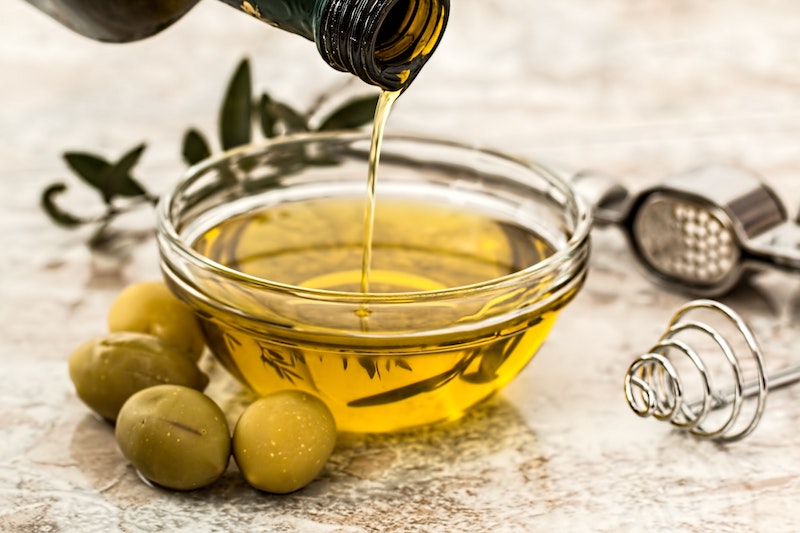
While olive oil often gets attention for its healthy fat profile and antioxidant content, canola oil is not a bad option too, as a heart healthy option.
In this aspect, the oil you choose really depends on the type of cuisine you cook most often, or the cooking method you employ. But always make sure to choose one that is higher in polyunsaturated and monounsaturated fats, and lower in saturated fats.

If you haven’t heard about the benefits of oats yet, find out more here. They make a quick and delicious breakfast. All you need is two minutes in the microwave with some milk and water, and they’re ready to be topped with fruits and nuts.
Did you also know that instant oats or rolled oats do not need to be cooked before eating? So, the next time you have some cereal with milk at breakfast, replace some of the cereal you’re using with oats. That way, you get bit more fibre, and a bit less sugars from processed cereals.
Otherwise, oats are a high fibre alternative to rice, and can be used to make porridge. You get a really quick and balanced dinner meal by cooking up some savoury oats. Simply add to some minced meat, cabbage, carrot, and a cracked egg to oats, and season with salt and pepper.
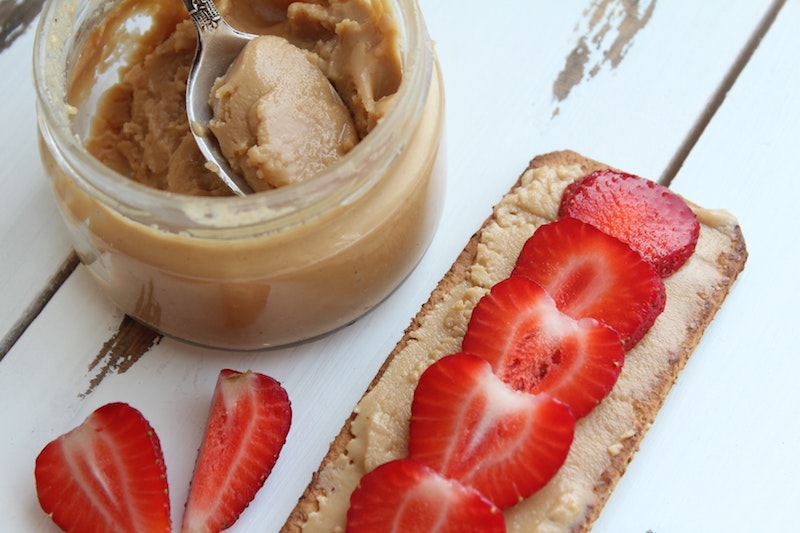
If you think that nuts are high in cholesterol, let me clarify that myth. Cholesterol is only found in animal products. As nuts are plant foods, they are actually cholesterol-free.
Peanuts are a rich source of unsaturated fats, particularly monounsaturated fats, which reduce cholesterol levels and maintain healthy blood vessels. At the same time, they are rich in fibre and protein, which both work to keep you full after a meal and prevent snacking.
However, do note that there are processed peanut butter, as well as natural ones. Make sure you always choose natural peanut butters, which are made only of peanuts, occasionally with a pinch of salt.
Processed peanut butters on the other hand, have added sugar, vegetable oils, and stabilisers in them, with a higher saturated fat and sugar content, and lower protein content.
Always go natural to get the full benefits of the peanuts in them. I spread peanut butter in sandwiches or stir them in my oats. I even use them in savoury dishes like Sze Chuan Dan Dan noodles, or as a replacement for tahini (sesame paste) in hummus.
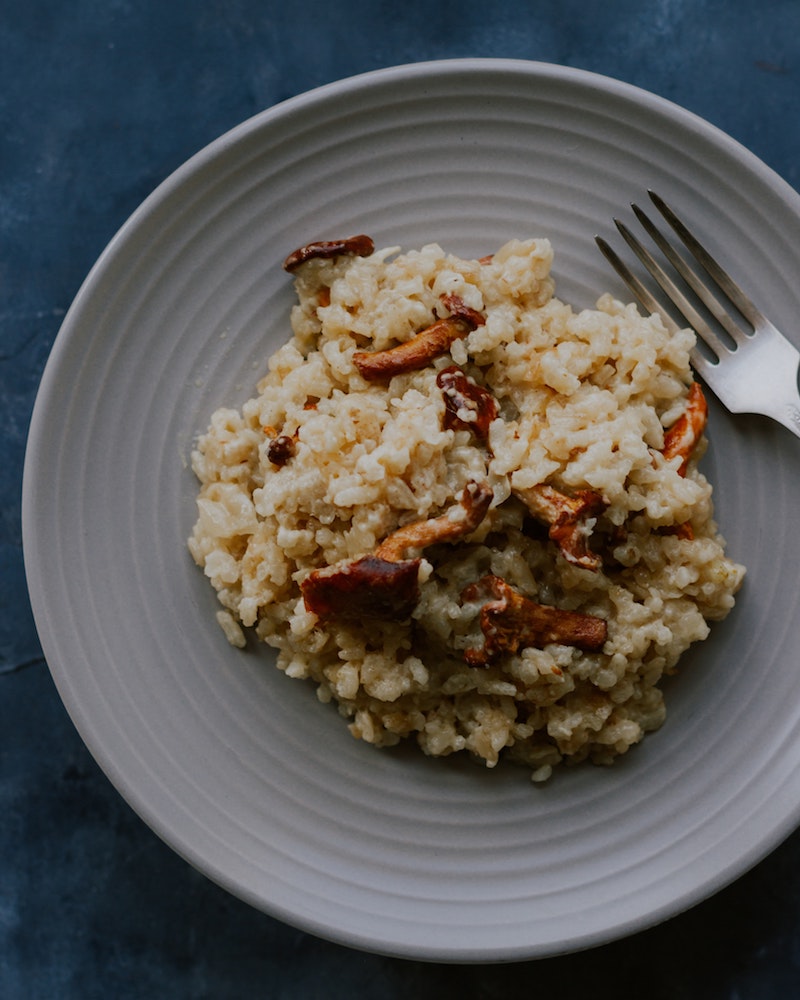
Staples, or carbohydrates, are essential in providing us energy. Rice is a good staple to stock up on because it can keep for a long time. It’s quite versatile too, and can be boiled plain for Chinese or Indian dishes, flavoured with spices for some Mexican-styled rice, or cooked and cooled to add to salads.
For better blood glucose control, make sure to choose brown or basmati rice.

These are not so much essential pantry items as they are essential kitchen countertop items. The theory is: if they’re out of sight, they’re out of mind. So, they’re often sitting where I can see them. Fruits are the first thing I go to when I feel hungry or peckish in the afternoon time, or at supper.
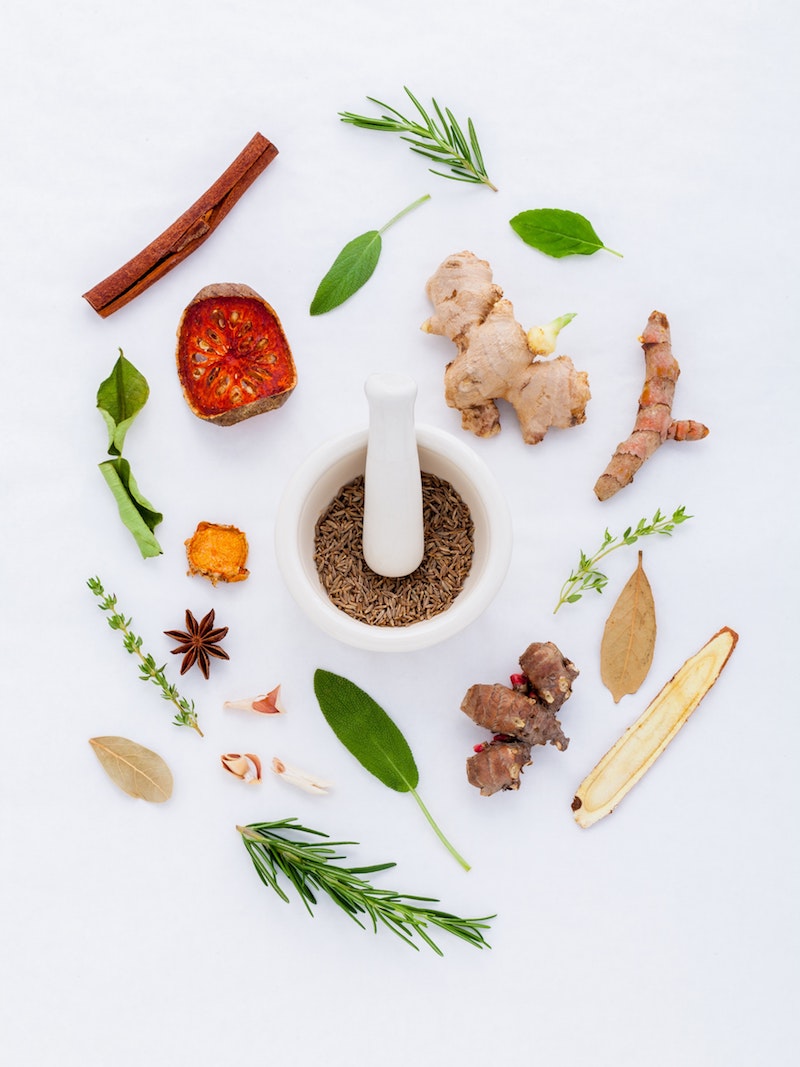
Where is the enjoyment in eating, without herbs and spices? In some cuisines, they lend a slight dimension to the dish, while in others, they are the essence of the dish. You know your family best, so choose herbs and spices best suited to their taste preferences.
For me, Italian herbs, or mixed herbs, are a great addition to Bolognese sauces and salad dressings, which I make often.
Think about the cuisines or tastes that you enjoy, do a quick online search to find out the type of spices typically used, and stock up on them. As you build up your spice cupboard, you’d come to realise that many cuisines actually overlap in their usage of herbs and spices.
It’s also hard for them to go to waste because they keep well for long.

This article was first published in Shape.